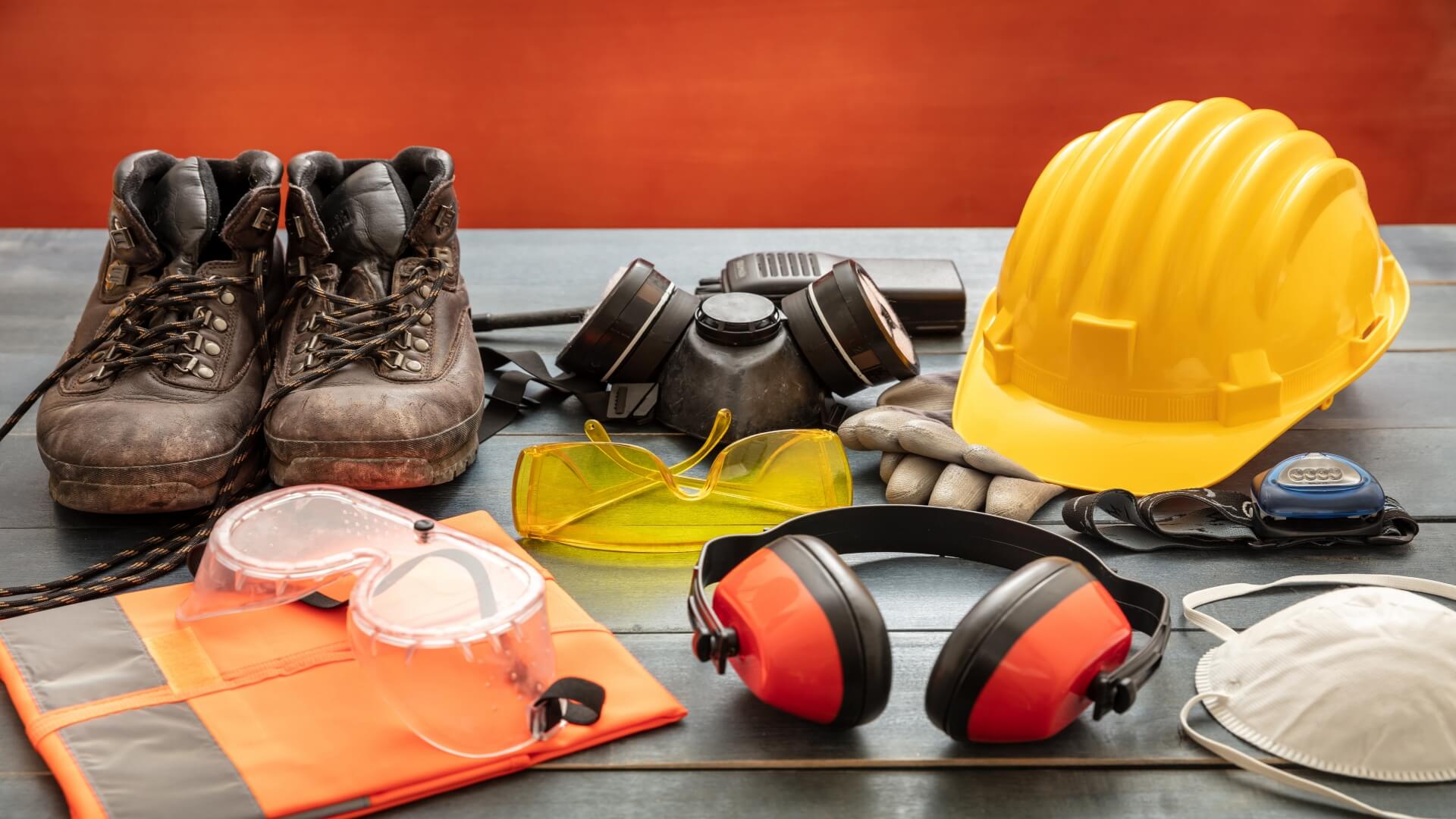Safety is a vital part of the construction industry. Construction workers face some of the most dangerous hazards, from operating heavy machinery to working at extreme heights. Thus, construction companies must create a safe working environment that will lower the risks of these hazards and create a stress-free working environment for everyone.
Here are more reasons why health and safety are vital in the construction industry.
1. Protects Employees
Construction projects require workers to work at extreme heights, handle heavy loads, work with rough materials, and operate large machinery. All these could put the worker at risk of serious accidents that may lead to fatal consequences. By implementing proper health and safety measures and ensuring the workers are well aware of these measures, the risks associated with working in these dangerous conditions can be significantly reduced.
Studies show that the construction industry is responsible for almost a third of work-related fatal injuries. Fatalities usually occur due to workers falling while working from a height and getting hit by moving objects, vehicles, and machinery. In addition, those working in construction are also at high risk of illnesses, such as vibration white fingers and occupational deafness. All these are due to vibrating tools, inhaling dust, and constant exposure to loud noises.
While many risks are involved in working at a construction site, they can be mitigated by ensuring proper health and safety measures are in place at all construction sites. These measures must provide vital information about the risks involved and how they can best avoid them, giving workers the proper knowledge and information needed to work safely on site.
2. Training Ensures Everyone Knows the Risks and How to Manage Them
Construction involves numerous risks. Thus, construction firms must have proper health and safety programs. One essential aspect of the safety program is training. Safety training in the construction industry covers several grounds and can be complex to navigate. However, it is necessary. Proper training also helps workers avoid injuries and accidents at home since they will know the risks and how to manage them. At the end of the training, they will have the right skills and attitudes to stay safe even while on their premises.
Many accidents in the construction industry happen because workers do not receive proper training on construction health and safety awareness. It’s essential that workers have the knowledge and skills to assess and control risks, so they will remain safe while working on the construction. Managers and supervisors must implement health and safety protocols and communicate these to workers.
Employers are responsible for providing the necessary training requirements to workers according to government health and safety legislation. If they fail to give the proper training, they can face hefty penalties and lawsuits. Workers can sue them for compensation if an accident occurs in the workplace, due to the lack of health and safety training.
3. It Protects the General Public
Health and safety on construction sites will not only protect the workers, but also the public. Most construction projects are in busy locations where the general public will come and go. Improper safety protocols could result in objects falling at innocent passers-by putting people not related to the project at risk. Construction managers should recognise that their responsibility doesn’t end in protecting the workforce. It is also their job to protect the safety and well-being of the public passing by the area.
Companies that do not take proper health and safety precautions to protect the public could pay hefty compensation and penalty if someone gets injured due to their recklessness.
One way to ensure public safety is by managing access to the site. Construction managers must identify site boundaries and install suitable fencing. The fence can help prevent people from getting into the site and keep construction materials and other objects from falling outside the area. Some of the most common hazards for the public at construction sites are scaffolding, falling objects, machinery, and vehicles. When building and dismantling the scaffolding, check the surroundings and ensure no one is nearby.
4. Ensures You are Abiding by Laws and Regulations
While Health and Safety regulations apply to all industries, some of these regulations are specific to the construction industry. Construction companies have to abide by different rules and regulations to ensure the safety of the workers and the general public. Health and safety regulations are in place to mitigate all potential risks in construction. In addition, the regulations outline the course of action to take if any accidents occur.
Construction companies are responsible for ensuring the health, safety, and welfare at work of all their staff. In addition, every employer should also ensure that people not in their employment will not be exposed to risks to health and safety while the construction project is ongoing.
Under The Health and Safety Law, those who fail to implement proper health will be liable to the law. The government may conduct necessary inspections and will send notices to those who do not comply, which will include an explanation of what to do to comply.
5. The High Number of Accidents in Construction
The construction industry is one of the world’s most dangerous jobs due to the numerous risks and hazards, from handling heavy loads to working from heights and operating heavy machinery. The number of accidents in construction continues to increase and what’s even more alarming is that the actual data undercounts the exact number of fatalities.
An unsafe workplace will further increase the risk of injuries and deaths in construction. Thus, every construction project should have proper health and safety plan that demonstrates the relevant risk elements involved in the project. It should also detail how these risks can be managed and prevented.
While it’s not entirely possible to eradicate risks in construction, implementing proper health and safety precautions can drastically reduce the risk of injuries and illnesses. A thorough risk assessment is an effective way to identify potential risks and help implement proper procedures.
































